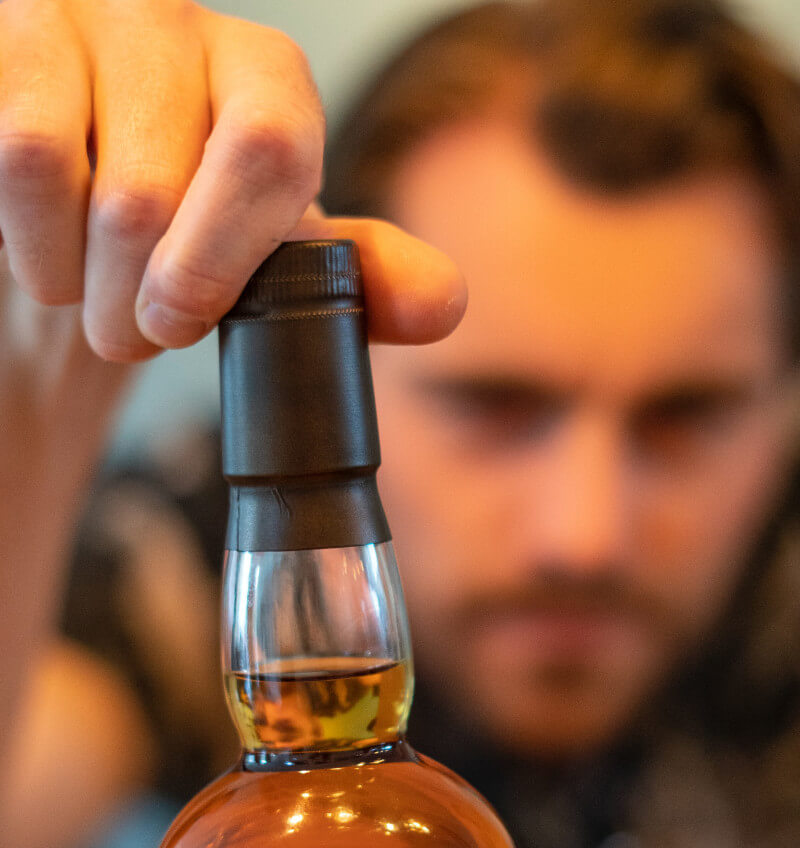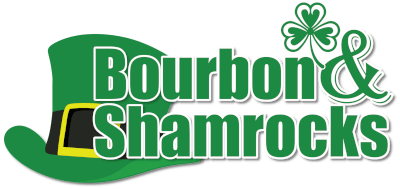Whiskey is as much an experience as it is a drink. It evokes memories, stories, and centuries of craftsmanship. But have you ever wondered how much of your taste perception is influenced by labels, brands, or preconceived notions? That’s where blind tasting enters the scene.
The Psychology Behind Sight and Taste
The relationship between sight and taste has long intrigued scientists, psychologists, and food enthusiasts alike. While it may seem intuitive to most that our eyes play a critical role in our tasting experience, the depth and nuances of this relationship are truly fascinating. According to Fred Minnick, renowned whiskey critic and author, there’s a place for blind tasting, especially in competitions or when critically evaluating a spirit. But remember, whisky, like all things, isn’t just about taste. It’s about history, culture, and the people behind it. Sometimes, knowing the story can make the whisky taste even better.
Early Studies and Observations
Back in the 1930s, Louis Cheskin, a marketing pioneer, conducted a series of experiments to determine the impact of color on taste perception. His studies revealed that people often associate certain colors with specific flavors. For instance, a lemon-flavored drink was perceived as being more intense when colored bright yellow than when it had no color.
This principle was used by many food and beverage companies to enhance or modify the perceived flavor of their products. By simply altering a product’s color, companies could trick the brain into thinking that the flavor had changed, even when it hadn’t.
Recent Advancements and Findings
Modern science, equipped with advanced neuroimaging techniques, has delved deeper into this phenomenon. A notable study conducted in 2007 at Caltech University involved participants tasting wines they believed were different based on price tags, when in fact, they were the same. Brain scans during this experiment showed that the pleasure centers of the brain lit up more vividly when participants believed they were consuming the more expensive wine.
In another study from the University of Oxford in 2013, researchers found that altering the color of a beverage could modify its perceived sweetness by up to 10%. The sweetness was rated higher when the color of the drink matched the flavor, such as pink for strawberry.
Role of Expectation and Perception
Our brain has a knack for forming associations. Sight gives us a preview, setting an expectation for our taste buds. This is evident in a 2018 study from the International School for Advanced Studies in Italy. The research found that participants who saw a drink being sweetened anticipated the beverage to be sweeter and hence, tasted it as such, even if no sugar was added.
Implications for Whisky Tasting
When it comes to whisky, sight can play tricks on even the most seasoned tasters. The amber hue of a whisky often sets expectations. A darker shade might make one anticipate rich, aged flavors, while a lighter one might suggest a milder taste profile. This is why blind tasting becomes crucial. By eliminating the visual cue, tasters can judge the drink solely on its merits, devoid of color-biased anticipation. “While blind tasting can provide a certain clarity,” says Dave Broom, acclaimed whisky writer and journalist, “It’s also worth acknowledging the full experience a label, a bottle design, or a brand’s story can add. The whole context can enhance or detract from the actual liquid in the glass.”
Why Every Whisky Enthusiast Should Try Blind Tasting
- Honing Your Palate: The more you blind taste, the better you become at distinguishing subtle flavor notes. From the smoky peats of an Islay Scotch to the sweetness of a Kentucky bourbon, blind tasting refines your palate’s ability to detect nuances.
- Discovering Hidden Gems: Without the influence of branding, you might find yourself gravitating towards a less known, and possibly more affordable, whisky that you would’ve otherwise overlooked.
- Eradicating Bias: We’re all prone to being swayed by a beautiful bottle design or a renowned distillery’s name. Blind tasting forces you to disregard these biases, letting the whisky speak for itself.
Richard Paterson, Master Blender at Whyte & Mackay adds to the conversation, “Blind tasting is the acid test. It forces you to concentrate and eliminates any prejudices. You can’t hide behind a label, price, or packaging; you have to rely on your palate and instincts.”
Setting Up a Blind Tasting Session
- Keep it Varied: Select whiskies from different regions or styles. Mix up Scotches, bourbons, and ryes to truly challenge your palate.
- Control Portions: Use a standard measure for each sample. Over-pouring can numb the palate, making it harder to pick up subtle flavors.
- Neutral Glassware: Use clear, unbranded glasses. The classic Glencairn glass, with its broad bowl and narrow rim, is ideal for concentrating aromas.
- Cleanse Your Palate: Have some neutral foods like unsalted crackers or bread on hand. Clean water is also a must-have between sips.
The Producer’s Perspective

For a whisky producer, blind tasting is an invaluable tool. It provides:
- Feedback Without Bias: By eliminating the influence of brand perception, producers get genuine feedback, which is crucial for product development.
- Competitive Analysis: Understanding where your whisky stands in comparison to competitors is essential. Blind tasting sessions can provide insights into what drinkers truly want.
- Quality Control: Regular blind tasting sessions ensure consistency across batches, ensuring the brand maintains its reputation for quality.
Common Mistakes in Blind Tasting
- Overthinking: Sometimes, one can become too analytical, trying to identify every single note. Instead, enjoy the process and let the flavors come to you naturally.
- Being Guided by Past Experiences: Just because the last caramel-noted whisky you tasted was a bourbon doesn’t mean it’s the same this time. Approach each sample with an open mind.
- Ignoring the Setting and External Influences: The ambiance and environment play a critical role in the tasting experience. Studies have shown that loud noises, specific music genres, or even lighting can influence our perception of flavor. In a 2012 Oxford University study, participants reported that a toffee dessert tasted sweeter when they heard a sound with a higher pitch. When blind-tasting whisky, it’s essential to be in a neutral environment to prevent any external factors from swaying your judgment.
- Focusing Solely on the Palate: While the taste is a dominant factor in evaluating whisky, neglecting the nose is a grave mistake. As revealed in a study published in Flavour Journal, up to 80% of what we perceive as taste is actually due to our sense of smell. Failing to take a moment to inhale deeply and experience the aroma of the whisky might rob you of critical insights into its character.
- Rushing the Experience: Taking time between sips is vital. According to the Alcohol and Gaming Commission of Ontario, the palate requires a brief reset, especially when sampling strong spirits like whisky. Drinking water or even nibbling on a neutral-flavored cracker can help cleanse the palate. Rushing from one sample to the next without these breaks can muddle flavors and diminish the overall experience.
- Lack of Preparation: Many novices underestimate the importance of arriving at a tasting session well-prepared. This doesn’t mean pre-studying the whiskies but refers to personal physical preparation. For instance, a 2017 study from Kyoto University revealed that consuming spicy or heavily flavored foods before a tasting can temporarily desensitize taste buds. It’s recommended to avoid strong foods, heavy perfumes, or even brushing one’s teeth right before a tasting.
- Setting High Expectations Based on Hearsay: Often, tasters approach a session with preconceived notions based on industry buzz or reviews. This cognitive bias, also known as the “halo effect”, can substantially affect one’s judgment. A 2013 study in BMC Medicine showcased this by revealing that people reported enjoying wine more when they believed it was expensive, even if it was the same as the cheaper wine. When blind-tasting whisky, it’s essential to shed these biases to give an honest assessment.
